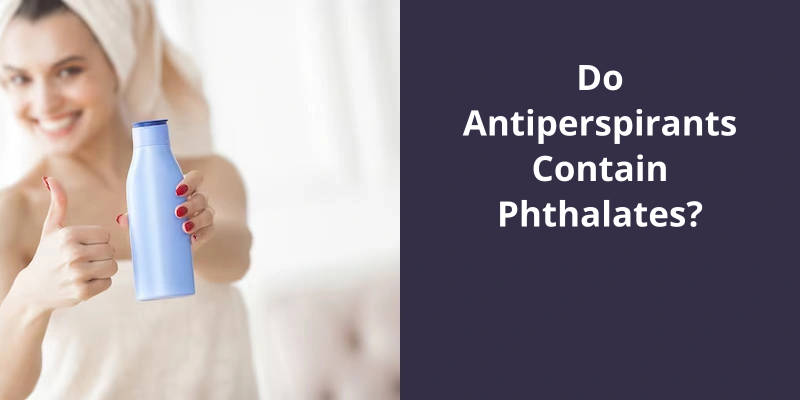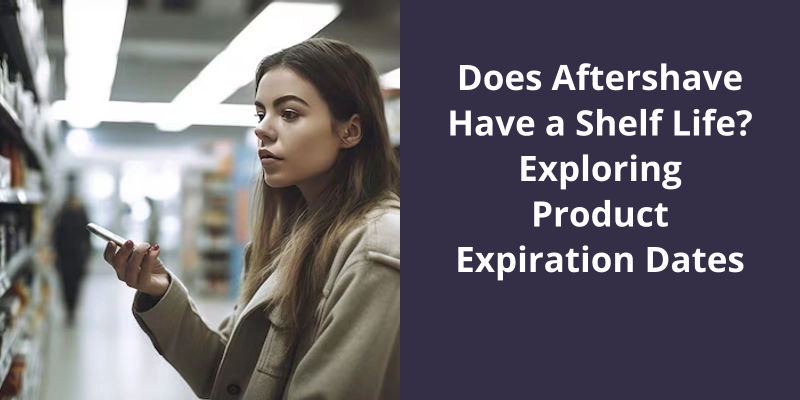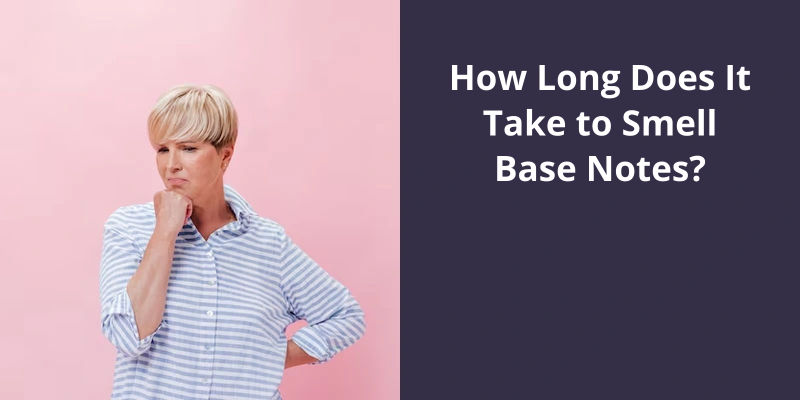Antiperspirants can indeed contain phthalates, which are chemicals often used to enhance the fragrance and increase the longevity of personal care products. However, it should be noted that the inclusion of phthalates varies widely among different brands and products. Some brands may opt to exclude phthalates due to health concerns, while others may still include them. Therefore, it’s essential to check the list of ingredients on the product packaging or contact the manufacturer directly if you’re concerned about phthalate content.

Do Deodorants Contain Phthalates?
Phthalates are commonly used in the manufacturing of plastics to make them more flexible and durable, but they’re also found in a wide range of consumer products. These chemicals have been linked to various health concerns, including hormonal disruption, reproductive issues, and certain types of cancer.
When it comes to antiperspirants and deodorants, the presence of phthalates is a cause for concern. Although not all products in these categories contain phthalates, it’s alarming to know that many do. Phthalates are often included in the fragrance formulations used in these products, which means that they can be easily absorbed through the skin when applied.
Reading product labels and choosing brands that prioritize clean and safe ingredients can help minimize exposure to these harmful chemicals. Additionally, exploring alternative options such as natural deodorants that use plant-based ingredients can provide peace of mind for those concerned about phthalate exposure.
Making informed choices and opting for phthalate-free alternatives can help minimize potential risks associated with these common self-care products.
Phthalates, chemical compounds used to enhance the longevity of fragrances and colors in various products, can be commonly found in an array of beauty products. Nail polish, sunscreen, makeup, lotions, and deodorants are just a few examples of cosmetic items that often contain phthalates. These compounds are employed to extend the shelf life of such products and preserve their desired qualities.
Which Beauty Products Have Phthalates?
Phthalates, a group of chemicals commonly used as plasticizers, are found in a wide range of beauty products. These chemicals are added to enhance the flexibility and durability of plastics, but they also have properties that make them useful in cosmetics. One of their main uses is to prolong the shelf life of products and preserve fragrances and colors.
When it comes to beauty products, nail polish is known to contain phthalates, as it helps maintain the polishs smooth texture and prolong it’s lifespan. Sunscreen, another common product, often includes phthalates to enhance it’s consistency and ensure the stability of it’s active ingredients. Makeup products, such as foundation, eyeshadow, and lipstick, similarly contain these chemicals to improve their texture and overall quality.
In addition, lotions and moisturizers commonly contain phthalates to enhance their absorption and provide a smoother application. These chemicals are also present in deodorants, helping to maintain the products effectiveness and scent.
While phthalates have been widely used in these cosmetics, there have been growing concerns about their potential health effects. Some studies suggest that certain phthalates may disrupt hormone function and pose risks to human health. Consequently, there’s been a push for more transparent labeling and the development of phthalate-free alternatives in the beauty industry.
Mascara and Eyeliner: These Cosmetics May Contain Phthalates to Improve Their Formula, Texture, and Staying Power.
Mascara and eyeliner are cosmetics that are commonly used to enhance the appearance of the eyes. In order to improve their formula, texture, and staying power, phthalates may be added to these products.
Additionally, studies have shown that these ingredients can disrupt hormone balance and cause skin irritation. It’s important to be knowledgeable about the potential risks associated with using antiperspirants and to look for safer and more natural alternatives that don’t contain these harmful chemicals.
What Ingredients Should Be Avoided in Antiperspirant?
When it comes to antiperspirants, it’s important to be aware of the ingredients that should be avoided. One of the most commonly found chemicals in deodorants and antiperspirants is parabens. Parabens have been linked to breast cancer, as they can mimic estrogen and disrupt the hormone balance in the body. Another common ingredient to avoid is triclosan, which has been shown to have negative effects on the endocrine system and may contribute to antibiotic resistance.
Phthalates are another group of chemicals to steer clear of in antiperspirants. They’re often used as fragrance enhancers, but studies have shown that they can disrupt hormone function and affect reproductive development, leading to issues such as reduced sperm count and birth defects. Propylene glycol is another ingredient that should be avoided due to it’s potential to cause skin irritation and allergic reactions.
Perhaps one of the most controversial ingredients in antiperspirants is aluminum. Aluminum is used to block sweat ducts and reduce perspiration, but it’s been linked to various health concerns. Some studies have suggested a possible connection between aluminum and breast cancer, although further research is needed to confirm this link. Additionally, aluminum can accumulate in the body over time, posing potential risks to the brain and nervous system.
With these potential health risks in mind, it’s important to read the labels and choose antiperspirants that are free from parabens, triclosan, phthalates, propylene glycol, and aluminum. Opting for natural alternatives that utilize plant-based ingredients and essential oils can provide effective odor protection without the potential health risks associated with these chemicals.
The Potential Long-Term Health Effects of Using Antiperspirants: While More Research Is Needed, There Is Growing Concern About the Potential Cumulative Effects of Using Antiperspirants Containing Certain Chemicals Over a Long Period of Time.
- The potential long-term health effects of using antiperspirants
- While more research is needed, there’s growing concern about the potential cumulative effects of using antiperspirants containing certain chemicals over a long period of time
In addition to the aforementioned sources, certain foods have been found to have higher levels of phthalates. These include restaurant, cafeteria, and fast foods, which are often processed and packaged using materials containing phthalates. High-fat dairy products, such as cream and cheese, have also been linked to elevated phthalate levels due to their potential exposure to these chemicals during production and processing. Similarly, fatty meats and poultry may contain phthalates as these compounds can accumulate in the fat tissues of animals. Cooking oils, especially those stored in plastic containers, have also shown a potential for phthalate contamination.
What Foods Are High in Phthalates?
Phthalates are a group of synthetic chemicals commonly used in various consumer products, including food packaging materials. While they’re prevalent in the environment, certain foods have been found to contain higher levels of phthalates. Among these are restaurant, cafeteria, and fast foods.
Another category of food that’s been associated with higher phthalate levels is high-fat dairy products. These include whole milk, cheese, cream, and butter. Phthalates can leach into the dairy products from the packaging materials or even from the equipment used during processing.
Moreover, fatty meats and poultry are known to contain higher levels of phthalates. This could be a result of the animals being exposed to phthalates through their feed or environmental contamination. Cooking oils, particularly those that are stored in plastic containers, can also be a potential source of phthalates. It’s recommended to choose oils that are stored in glass bottles to minimize phthalate exposure.
While it’s difficult to completely eliminate phthalates from our diet, being aware of the potential sources can help in making informed decisions. Opting for homemade meals with fresh, organic ingredients and reducing consumption of processed and packaged foods can help lower phthalate intake. Overall, promoting sustainable and environmentally-friendly practices in food production and packaging can contribute to minimizing phthalate levels in our food.
It’s important to note that the presence of parabens in antiperspirants and deodorants isn’t a uniform occurrence. The FDA confirms that while a majority of leading brands don’t include parabens in their formulations, it’s possible that certain products might contain these chemicals. To gain a clearer understanding, it’s essential to examine individual product labels and prioritize personal preferences and concerns.
Does Antiperspirant Have Parabens?
Do antiperspirants contain parabens? This is a question that’s been on the minds of many consumers concerned about the potential health risks associated with these chemicals. However, it’s important to note that some products might still have these chemicals in their formulations.
Parabens are a group of chemicals that are commonly used in cosmetic and personal care products as preservatives. They help prevent the growth of bacteria and fungi, prolonging the shelf life of these products. Despite their effectiveness as preservatives, there have been concerns raised about the potential health risks associated with parabens.
Studies have suggested that parabens can mimic estrogen in the body, leading to hormonal disruption. This has raised concerns about it’s potential links to breast cancer and reproductive health issues. However, the FDA has stated that there’s currently no conclusive evidence linking the use of parabens in cosmetic products to adverse health effects.
Nevertheless, many consumers choose to avoid products that contain parabens as a precautionary measure. Look for ingredients such as methylparaben, propylparaben, butylparaben, or isobutylparaben, as these are some of the most commonly used parabens in personal care products.
Different brands may have different ingredient formulations, so it’s always a good idea to check the labels to ensure that youre choosing a product that aligns with your preferences.
Ultimately, the decision to use antiperspirants or deodorants with or without parabens is a personal one.
Consumer Options for Minimizing Exposure to Parabens
- Choose paraben-free personal care products
- Check product labels for ingredients containing parabens
- Use natural alternatives to conventional personal care products
- Make homemade personal care products using simple ingredients
- Avoid using excessive amounts of cosmetic products
- Opt for organic or natural home cleaning products
- Read ingredient lists and research products before purchasing
- Consider consulting with a dermatologist or healthcare professional
- Stay informed about paraben-related research and studies
- Educate others about the potential risks of parabens
Conclusion
These chemicals have been linked to various adverse health effects, including hormonal disruptions, reproductive issues, and potential carcinogenic properties. As consumers, we should prioritize informed decision-making and explore alternatives that prioritize our health and the environment.





